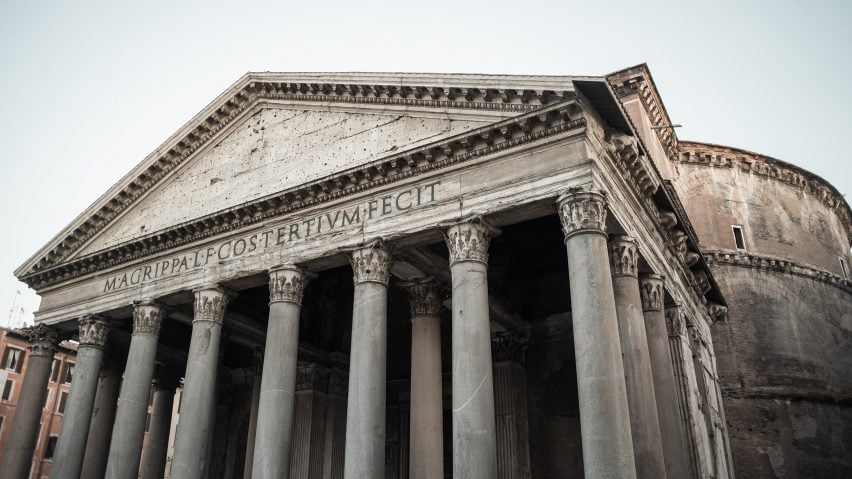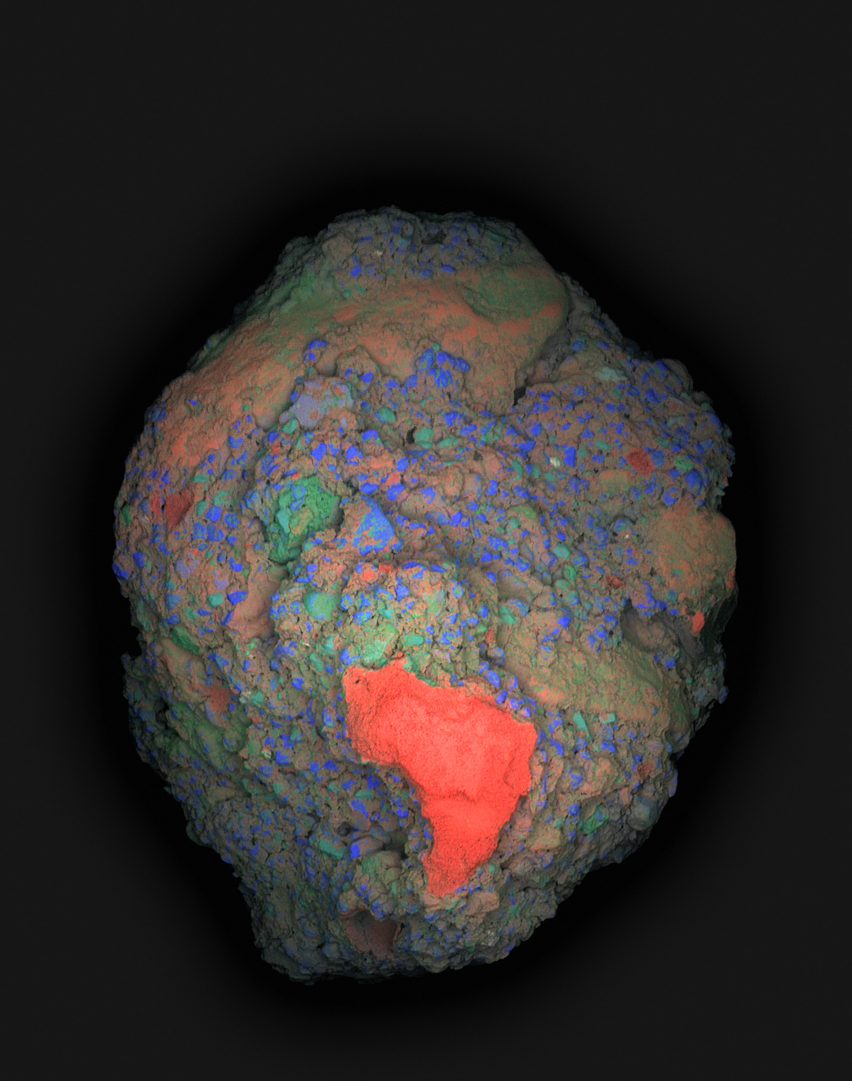
MIT and Harvard researchers find secret to "self-healing" Roman concrete
Researchers from MIT and Harvard claim to have solved the mystery behind the durability of ancient Rome's concrete structures, and are now aiming to bring a modern version of the recipe to the market.
The research team found the ancient Romans made their concrete with quicklime, which is lime in its pure state, rather than the more typical slaked lime, and that this gave it "self-healing" properties.
This, the researchers concluded, is what is responsible for the enduring structures of ancient Rome such as the Pantheon (above), which is still standing some 2,000 years after it was built and has the world's largest unreinforced concrete dome.
The research was led by Massachusetts Institute of Technology (MIT) professor of civil and environmental engineering Admir Masic, who is also the lead author of a paper the team has published in the journal Science Advances.
Concrete's mysterious white chunks held clues
Masic and his team focused their research on the distinctive chunks of white calcium carbonate that were known to riddle Roman concrete. These "lime clasts" were formerly thought to be evidence of poor mixing, but that explanation didn't sit well with Masic.
"The idea that the presence of these lime clasts was simply attributed to low-quality control always bothered me," said Masic.
"If the Romans put so much effort into making an outstanding construction material, following all of the detailed recipes that had been optimised over the course of many centuries, why would they put so little effort into ensuring the production of a well-mixed final product?"

To ascertain the origin of the clasts, the team examined their shape and crystal structure. These examinations suggested the deposits had been formed at extreme temperatures, as would be created by preparing the concrete with quicklime (calcium oxide), a process that releases a lot of heat and is known as "hot mixing".
This is in contrast to typical current concrete-making processes that use lime slaked with water (calcium hydroxide), making it less reactive.
Hot mixing created potential for self-healing
According to Masic and his team, the hot mixing gives the lime clasts a "brittle nanoparticulate architecture". As soon as tiny cracks form in the concrete, they fracture the clasts, and when water reaches these particles, it creates a calcium-saturated solution that flows into the cracks and recrystallises to "heal" them.
"The benefits of hot mixing are twofold," said Masic. "First, when the overall concrete is heated to high temperatures, it allows chemistries that are not possible if you only used slaked lime, producing high-temperature-associated compounds that would not otherwise form."
"Second, this increased temperature significantly reduces curing and setting times since all the reactions are accelerated, allowing for much faster construction," he continued.
To prove their hypothesis, the team produced samples of hot-mixed concrete using both ancient and modern formulations, cracked them, and ran water through the cracks.
Within two weeks, the cracks had healed and water could no longer flow through, while identical concrete blocks made without quicklime never healed.
Study suggests possibilities for more environmentally friendly buildings
The team hopes their discovery could help increase the lifespan of modern concrete and therefore mitigate the notorious environmental impact of the material, which is alone responsible for around eight per cent of global carbon emissions.
They are now working to commercialise their more durable concrete formula.
Masic's collaborators on the study included Linda Seymour and Janille Maragh of MIT, Paolo Sabatini of concrete research lab DMAT in Italy, Michel Di Tommaso of the materials testing lab Instituto Meccanica dei Materiali in Switzerland, and James Weaver at the Wyss Institute for Biologically Inspired Engineering at Harvard University.
Their study builds on previous research that found the durability of Roman concrete is partly linked to the use of volcanic ash from the area of Pozzuoli. The material's use was extensively documented by ancient Rome's architects and historians.
Contemporary architects and engineers have already started to copy that approach, using "pozzolana" to extend the lifespan of their buildings while reducing the requirement for carbon-intensive cement.
The top image of Pantheon in Rome is via Pexels.